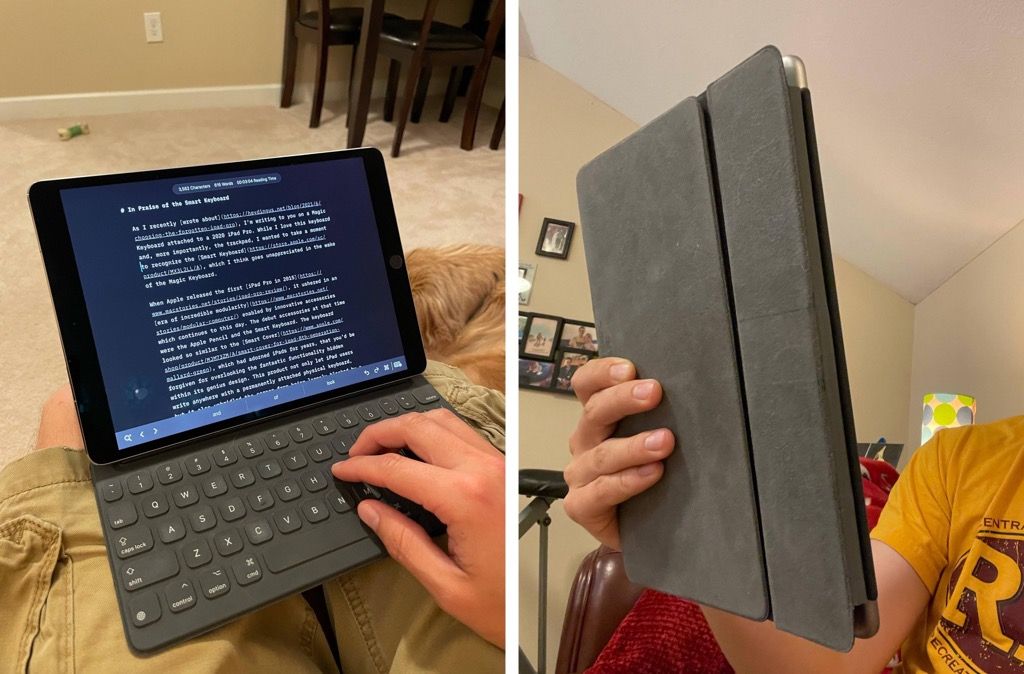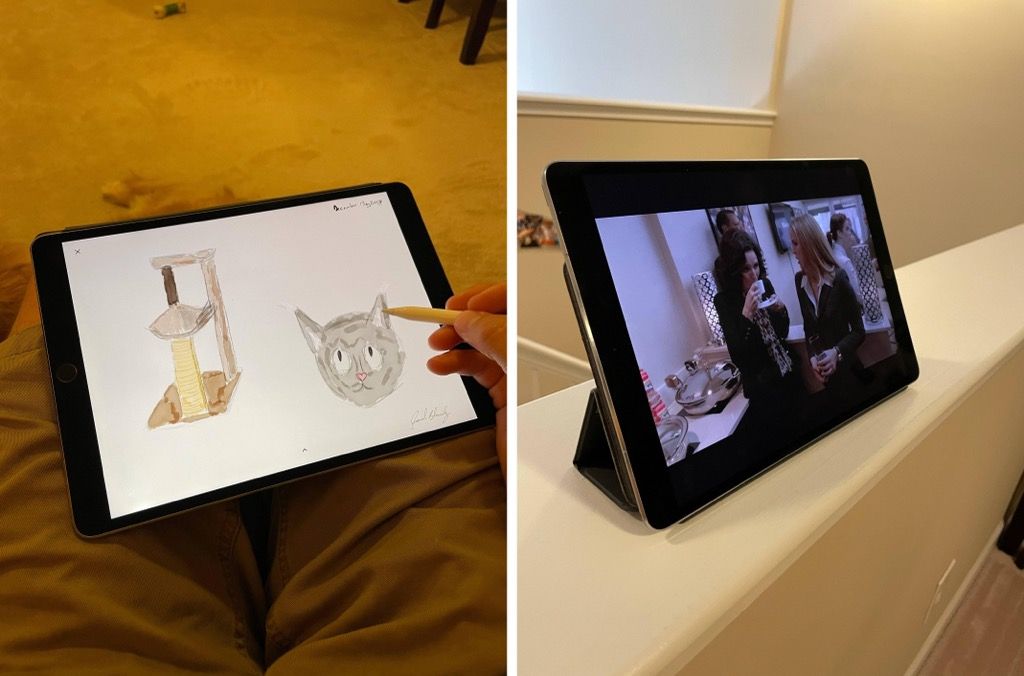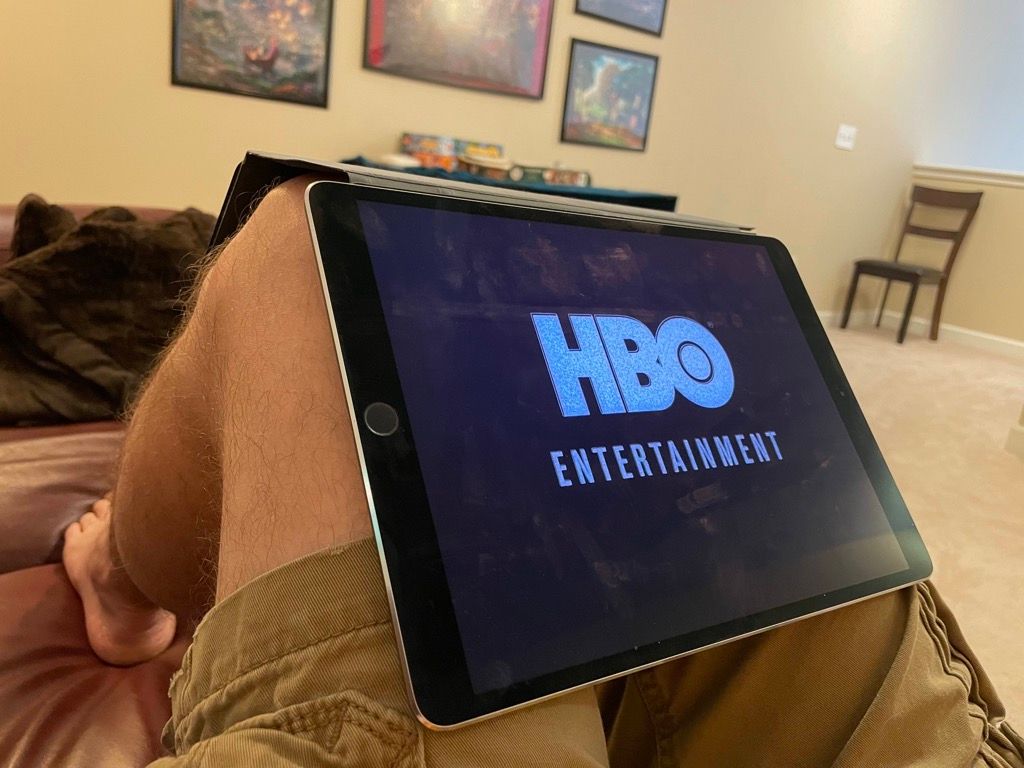In Praise of the Smart Keyboard
As I recently wrote about, I’m writing right now on a Magic Keyboard attached to a 2020 iPad Pro. While I love this new keyboard and, more importantly, the trackpad, I wanted to take a moment to recognize the Smart Keyboard, which I think goes unappreciated in the wake of the Magic Keyboard.
When Apple released the first iPad Pro in 2015, it ushered in an era of incredible modularity, enabled by innovative accessories, which continues to this day. The debut accessories at that time were the Apple Pencil and the Smart Keyboard. The keyboard looked so similar to the Smart Cover, which had adorned iPads for years, that you’d be forgiven for overlooking the fantastic functionality hidden within its genius design. This product not only let iPad users write anywhere with a permanently attached physical keyboard, but it also unbridled the screen from being largely blocked by a software keyboard.
The iPad, with its ultra-portable design, has been a great writing machine from the very beginning. Putting text on a page doesn’t ask a lot of a computer, and the nature of its OS to excel at using a single app at a time makes it ideal for focused writing sessions. Connecting a Bluetooth keyboard has always been possible, but the Smart Connector, which powered the Smart Cover, eliminated fiddling with pairing and battery life problems. You just opened the iPad and started typing.1
A More Versatile Cover
Of course, this is old hat now, and readers might wonder why I’m praising the Smart Keyboard in particular since all of this functionality is still available in the Magic Keyboard. What sets the Smart Keyboard apart, I think, is its versatility. The origami-like folding of the Smart Keyboard lets it be used not only in “laptop mode,” but it also enables many other configurations.

There’s “handheld mode” when you open and flip the whole Smart Keyboard around to the back of the iPad, just like the original Smart Cover.

Folding the triangle stand and keyboard around to the back gives you both “draft table mode,” great for gaming and while using the Apple Pencil, and “movie mode” to prop the iPad up with a vastly smaller footprint than the Magic Keyboard.

And then there’s “knee mode” achieved by draping the cover over propped up knees with the iPad handing down onto the front of your legs. I used the iPad this way all the time to watch videos in bed. It made the iPad hands-free without it sliding down into my lap.
One of the other things I already miss about using the Smart Keyboard is easily opening the iPad to check an email or dive into an app quickly. With the bulkier Magic Keyboard, it is much more of a commitment to open the iPad up and use it.2 The Smart Keyboard Folio and Smart Folio, introduced with the iPad Pro’s new industrial design in 2018, offer similar folding functionality to the Smart Keyboard. Unfortunately, they also add more material and weight than the original, and without the benefit of a trackpad.
Ultimately, I’m delighted with my purchase of the newer iPad Pro and Magic Keyboard. The battery life, processor speed, clicky keys, and trackpad for using the pointer make this whole package precisely what I wanted. But I will always fondly remember the Smart Keyboard as the accessory that added tremendous functionality within a deceptively simple design, and that kicked off the iPad’s modular era.
-
As an aside, I also immensely enjoyed the feel of its fabric-covered keys. The switches were fully encapsulated, so spills and debris weren’t a concern. It was perhaps the best implementation of the butterfly keyboard for that reason. ↩︎
-
Seriously, it takes two hands and some effort to get this thing open. Please let me know if there’s a technique to it. ↩︎